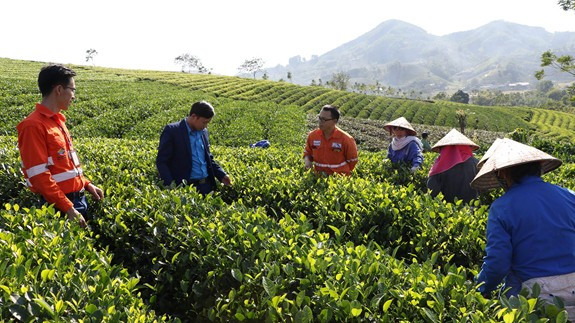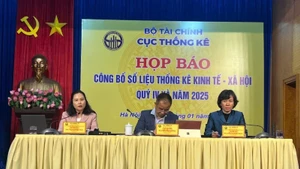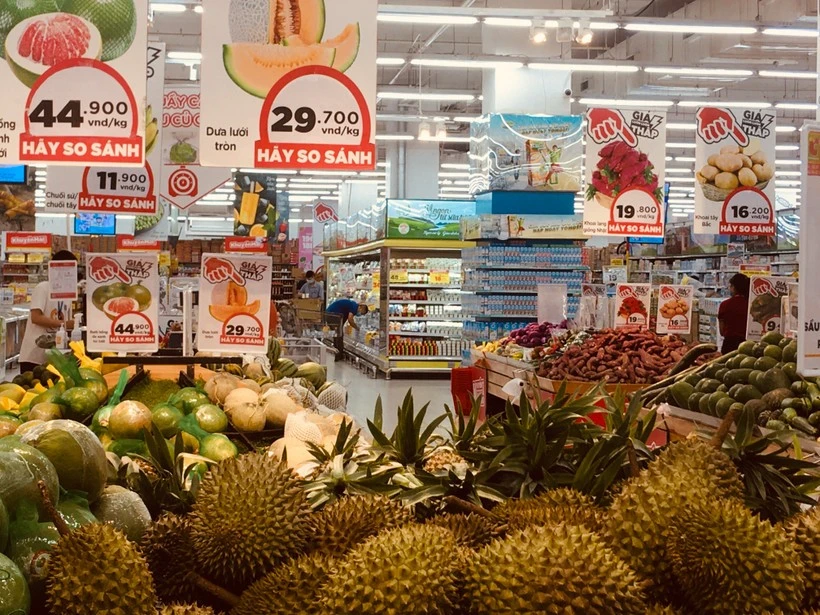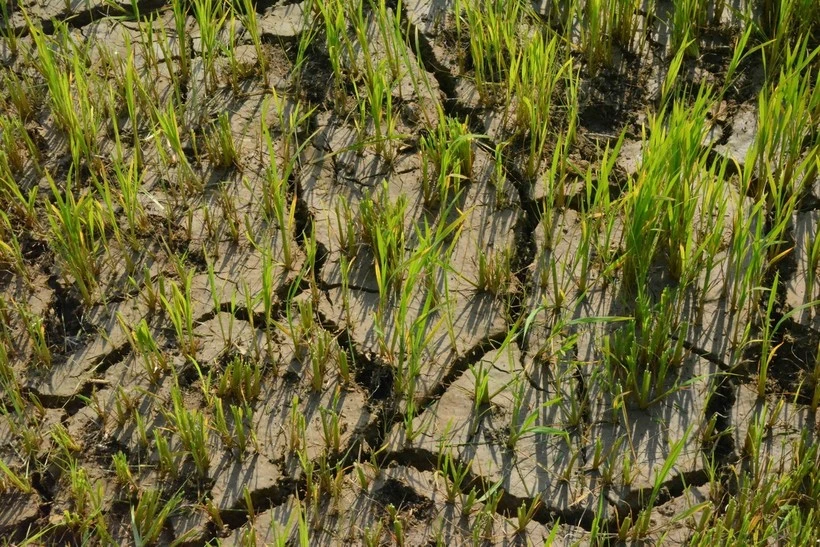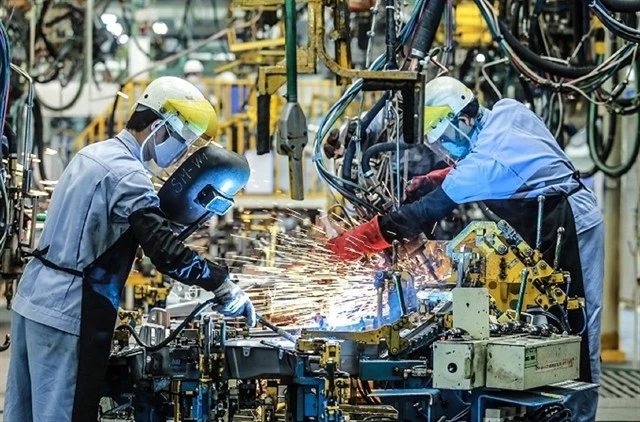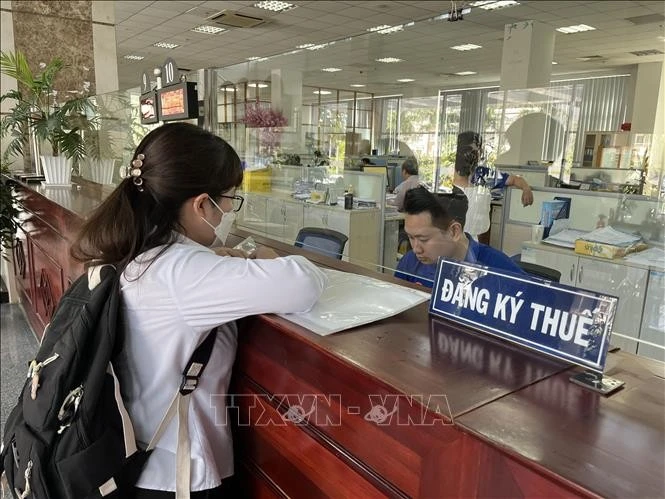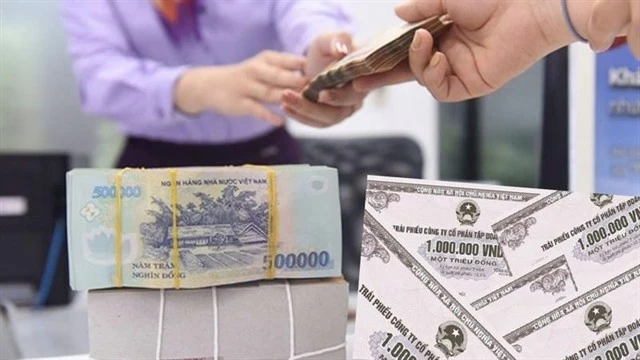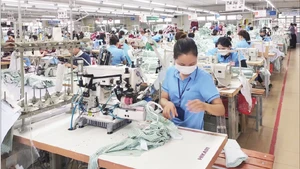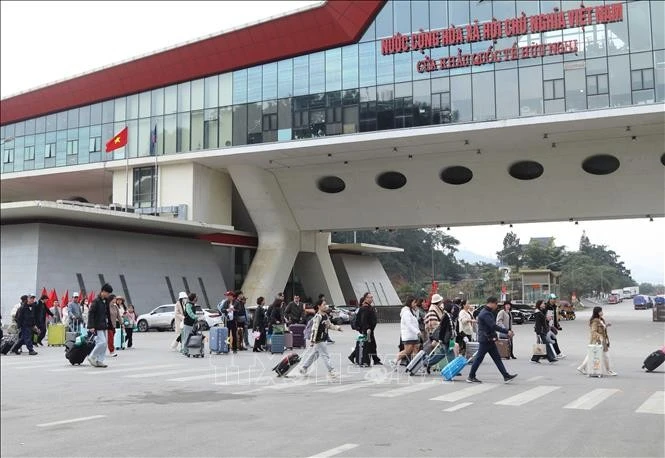During the 2017-2022 period, the credit balance of the banking system for Vietnam's green fields has an average growth rate of more than 23% per year. Of the 12 green areas that the State Bank of Vietnam guides credit institutions to lend, outstanding loans focusing on clean agriculture accounted for 32%.
According to the Law on Environmental Protection, green credit is a credit granted to an investment project that effectively uses natural resources; respond to climate change; waste management; pollution treatment, environmental quality improvement; restore natural ecosystems; conservation of nature and biodiversity; and generate other environmental benefits.
In September 2022, the Minister of Agriculture and Rural Development issued Decision 3444/QD-BNN-KH, approving the action plan of the Ministry to implement the national strategy on green growth for the 2021- 2030 period, empowering the development of agriculture towards ecological, organic, circular, low carbon emission, efficient, and economical use of energy and natural resources, towards a neutral economy carbon by 2050.
To further enhance access to green credit capital in the agricultural sector, the Ministry of Agriculture and Rural Development has planned to coordinate with the State Bank of Vietnam to finalise the preferential credit policy for the agricultural sector, interest rates, interest rate support for customers implementing agricultural projects along the value chain, applying high technology, clean agriculture, afforestation for production.
In fact, over the years, many large corporations and enterprises have invested in organic and circular agriculture projects in such fields as animal husbandry, cultivation, and aquaculture. In the field of rice cultivation, low-carbon rice projects are also expected to be implemented on a large scale through the One-Million-Hectare Sustainable Development Scheme, specialising in high-quality rice cultivation associated with green growth in the Mekong River. Therefore, agriculture is currently one of the areas with great demand for green credit.
To further enhance access to green credit capital in the agricultural sector, the Ministry of Agriculture and Rural Development has planned to coordinate with the State Bank of Vietnam to finalise the preferential credit policy for the agricultural sector, interest rates, interest rate support for customers implementing agricultural projects along the value chain, applying high technology, clean agriculture, afforestation for production.
In addition to support from State agencies, businesses also need to proactively have effective ways to access green capital, specifically, in the process of preparing documents for access to loans for sustainable production investment projects, as well as completing the financial records of enterprises, describing the technical details of the project, enterprises need to take into account the accompanying environmental improvement aspects. This factor is a plus point in loan/finance applications, especially when submitting to credit institutions with priority programs for this area.
Sustainable, environmentally beneficial production solutions need to be very clear, for example: reducing toxicity and/or reducing waste, reducing pollutant load in wastewater, etc. The reason given in the green finance handbook issued by the Department of Trade Promotion under the Ministry of Industry and Trade is that in the past, in loan applications, environmental aspects in many cases were not as pressing factors as economic aspects. However, the ongoing trend is that environmental aspects will become the most important consideration.
